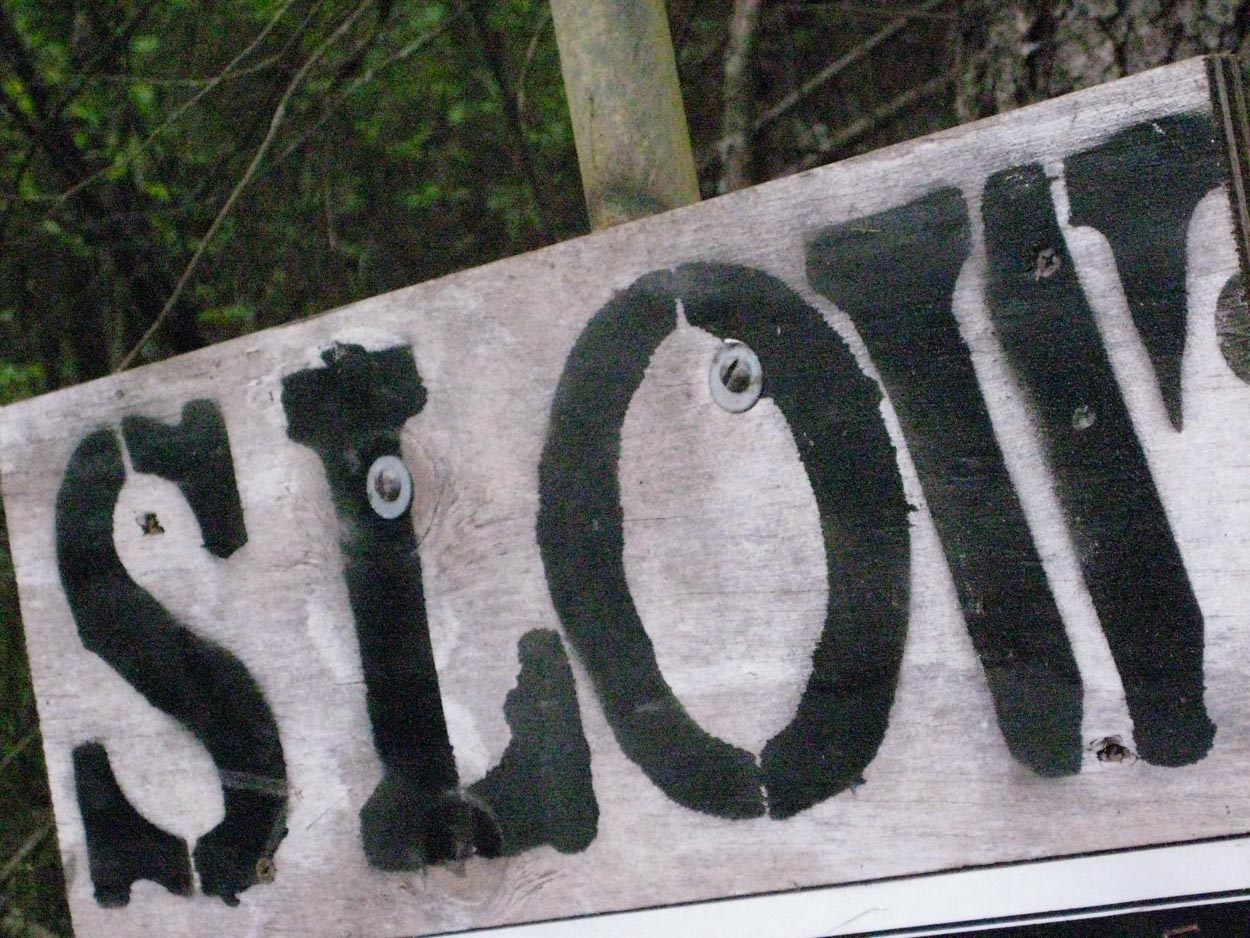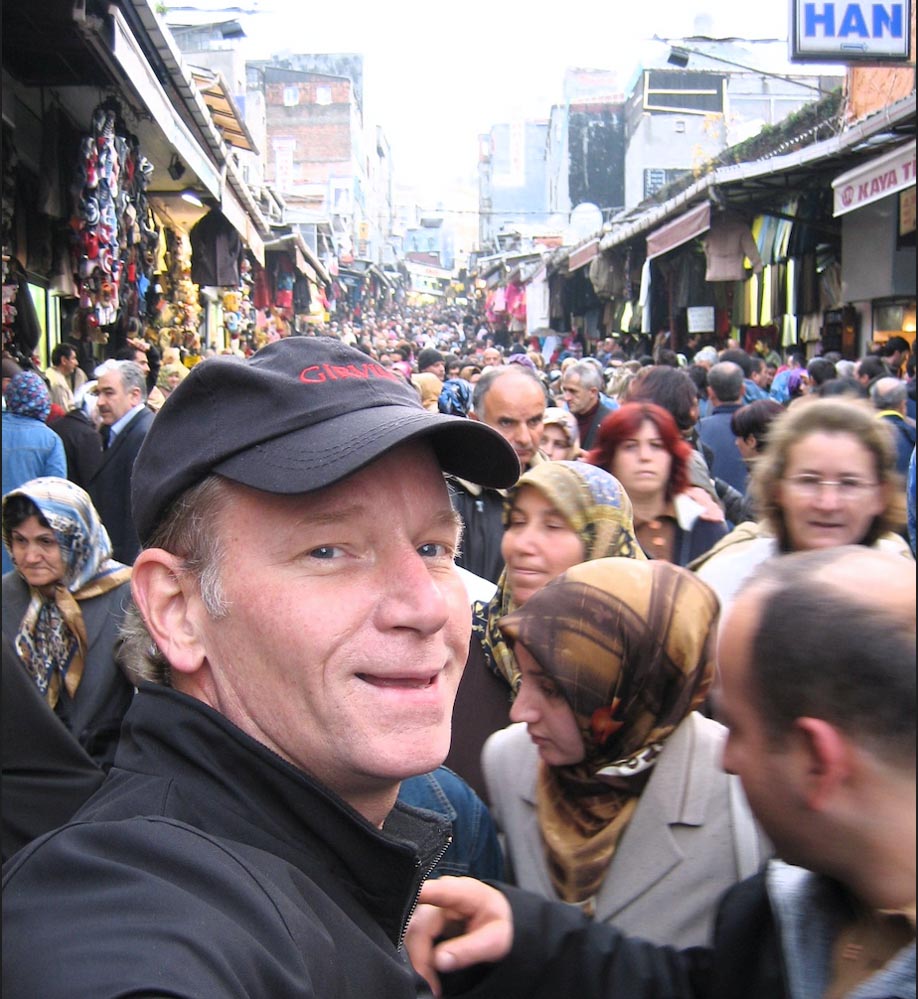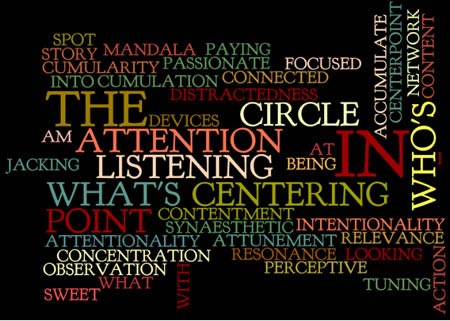
Highway 109
In the pace of the work that we’re all engaged in—for my readership, brand marketing space—I offer a meditation on the concepts of speed and pace—in the relationship with projects, and anyone, anywhere, anyplace.
A question—observing conversations, “do you find yourself hurrying past the conversation that you’re having?” Like, “let’s get this done!” Are you looking ahead, in passage from where you were, to where you are now? And the future?
Are things simply not fast enough?
It’s something that I’m finding in the current working and business environment, that is: slow-movements. In the post-covid emergence, I found that projects slowed, decisions were long-running, turgid supply chains exacerbated that torbid scenario, with a trickle down to ingredient components, product development, innovations and fear of pivoting invention and solution evolution. Speed vanished, product acceleration slackened and projects that one would presume would wrap in a month, take a year. “Be patient,” a friend offers—but some linguists might note that the
etymology for “patient,” the Latin, pati is “pain.”

I wonder about that, slowfast, upfast.
Slow:
Down.
Speed:
Up.
I offer the inquiry about the links between speeding (and) up.
And the notion of slowing (and) down.

There’s a point that neither of these might be relevant—speed, or slowness. But you don’t slow-up or speed-down, right?

That contemplation might come to how either of these are reflected in a perception of the momentum—the movement from the then to the now,
and the move to the next.

In the notion of time, slow or fast, it’s how we’re thinking about it: us, in the stream, the flow. And, ultimately, how we are watching. That question comes to how focused, listening and open are we to these observations?
An audience–in the slide of time—how well do we know them? A collaborator—how to listen, know, understand their intention and premise of decisions and actions.
Custom-er, by what custom?

But the real point of consideration might be: attention—as we look at the movements of our work, what we’re doing—attuned, are we? Perhaps in the listening there’s a message, that could be rewritten? But if you know who’s listening—and you write to speak to them, question is: how simple, the message? How resonant, the voicing? To the tendon of connectivity, you, the listener, you, the interpreter—really, how attuned and attentive are you?
Time will tell—slowed-down, sped-up.
And for each of us, our observations, momentum played—
time will tell, all of us—each and everyone.

Don’t ask, or presume, that I think that I know about attention, being attentive, or the nature of focus: it’s a lifelong book of learning. It’s a craft that is forever tuneable; and I’m certain I’ll be reflecting on it for the rest of my life. But I do react, observe, notate and contemplate the concept of attention.
And write about it.
I got this note from Harvard sometime back—
every day: a management positioning.
Actually, their social outreach strategy is well-layered, crossing categories and building on the multiplicity and indices of content that they pay-guard and preserve. Studying these variants, I realized the strange futility of arriving at any composite of thinking about how to relate to people. That would be one, to selling and communicating ideas, and two—audience communications (the brand marketing space suggests links to connecting with people using the simplistic language that they, specifically, will understand.)
Fast. Simple. “Don’t waste my time.” What we’re finding, as a new sidebar to attention and speed is the layering and sequencing of content in a manner that allows for levels of access. That could be a bold headline, bolstered with a subhead, kicked off with a captivating lead-in sentence, a fast paragraphical abstract, then the lead-in to the story and all the fuller details. I learned that at the foot of the editor in chief at the Spokesman Review, Spokane, Washington. I was a boy scout, pursuing Eagle Scout rank. And I learned about content sequencing and narrative layering.

Listening, and talking, to people, in brand transactive framing.
As they suggest, in a sales parlance, successfully communicating with customers is the foundation for commercial, transactional enterprise. Two tactics that will increase
the likelihood of their listening [to you]:
- Understand their language. In any storytelling, brand—or any narrative to share—tailor to your recipients parlance. “Too many companies use a one-size-fits-all sales pitch. The reality is that your customers speak a unique language informed by their life experiences. Tailor your approach and your language for each customer.”
- Focus on them, not you. “It’s tempting when trying to make a communication, for example, about a sale to talk about ‘my company, my product’s benefits, my product’s features.’” Instead, listening with feelingness toward your community members, or, your customers. Quietly absorb and embrace “their problems, their values, and their purchasing desires, needs and characteristics.”
The notion that companies must go above and beyond in their customer service activities is so entrenched that managers rarely examine it. But a study of more than 75,000 people interacting with contact center representatives or using self-service channels found that over-the-top efforts make little difference: all customers really want is a simple, quick solution to their problem. And, to our meditation, in their time —their momentum in being.
Reviewing a presentation for the structuring of an interactive interface – simple, the top; easy, the comprehension; speedy, the vanishment. Here today, gone yesterday. There’s a point to that study, the layering of how that perspective might be seen.

I was thinking about the idea of slow focus, slow time. The slowing-down for the study of something — a connection with a person, a story, a sense of experience that requires a prolonged quieting to be seen and comprehended.

That metaphor of time I’d experienced—as an epiphanic moment—in the deep wet grasses of the long slow river in the Everglades. I’ve been writing about these meditations, over the course of the last couple of decades. One more, and I’ll leave it be.
Here, to that contemplation:
Still, in the silence of the swamps, I really found myself sliding into the primeval time of observation; for me, it’s that way of thinking that takes you out of the ridiculousness of the fray of busy-ness, into a kind of naturalized contemplation that draws you into the swamp pace.
Swamp time, I’d call it. But swamp, the idea of the swamp isn’t newly known, but hundreds, even thousands of years old—as, distinctively, a place. I ponder though the idea of swamp as being a kind of spongy absorptive and complexly layered way of experiencing things. Walking into the swamp, everything is alive, but quiet — there are actions, rustlings, swirling waters, ripples — the occasional call. But otherwise, there is a gauzy silence.
Creatures here seem to focus in a different way. They stand silent, supremely patient, quietly studying with the most intense and focused gaze—moving slowly, or steadfastly contemplative: dead still. Then they strike out—like lightning—and return to silence and study.
A good meditation for us all.
For me. Swamp mind—lies here, in the roots of time: ancient speaking, primeval ideas, birth place. The most recent use: 1624 (Capt. John Smith, in referencing Virginia), perhaps a dialectal survival from an Old English cognate of the Old Norse svoppr “sponge, fungus,” from—reaching into the mists of antiquity — the Proto Germanic: *swampuz; but traditionally connected with Medieval English—sompe “morass, swamp,” probably from Middle Dutch — somp or Middle Low German sump “swamp.” Related to Old Norse svöppr “sponge.” The verb sense of “overwhelm, sink (as if in a swamp)” is first recorded 1772; fig. sense is from 1818. (Douglas R. Harper)
Beauty, the allegory of the attention and the observations of watching time, slow-still, fast-place: paying heed, watchful and aware. Profound these reflections—for me.
In time, it was then, and it is now.
If you’re not really looking,
then how can you expect to see?

wishing well
Tim | Old Queen Anne Hill
GIRVIN | Strategic Brands
digital | built environments by Osean | theatrical branding
waves | art | talismanika™
Projects in strategy | story | naming | messaging | print |
identity | built environments | packaging |
social media | websites | interactive.
